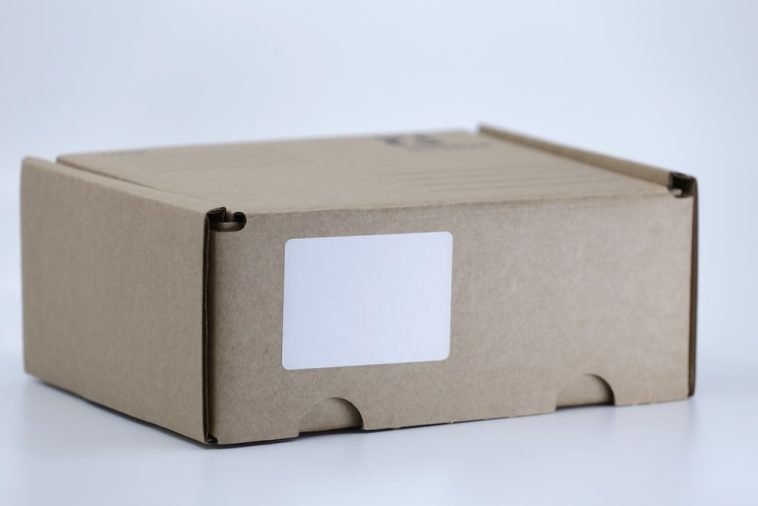Introduction.
Finding hot products for dropshipping can be the difference between a thriving online store and one that barely covers its costs. Imagine setting up your store, carefully curating items, but then seeing little traffic or sales.
The root of the problem often isn’t the design or even the marketing—but the products themselves. Choosing products that people already want and are actively searching for is key to success in dropshipping.
This guide covers everything you need to know about finding these hot products, along with a breakdown of techniques, tools, and common pitfalls to avoid.
In the world of dropshipping, where competition is high, having a strategy to locate the next trending items is critical.
By the end of this article, you’ll have the tools to spot hot products, understand the factors that make an item successful in dropshipping, and be ready to apply these tips to start making sales.
Let’s dive in and find out what makes a product worth selling and how to find it!
Why Product Selection Matters in Dropshipping
Product selection can make or break a dropshipping store. The beauty of dropshipping is that you don’t need to invest upfront in inventory, but that also means you can experiment with multiple products until you find the ones that resonate with your audience. Still, just because you can sell any product doesn’t mean every product is a good choice.
Focusing on products with high demand can help you make sales more quickly, build brand recognition, and reduce the chances of returns due to customer dissatisfaction.
Product research is a continuous process with dropshipping. Trends are always shifting, and what’s popular today may be old news tomorrow.
Sticking with the same products over time can lead to stagnant sales, so staying adaptable is essential.
This article will help you learn to recognize evergreen products versus trendy ones and how to balance the two to keep your store fresh and profitable.
How Do I Find Hot Dropshipping Products?
When searching for dropshipping products, you’re not just guessing what might sell; you’re using data and research tools to find real demand. Here are some tried-and-tested methods:
1. Google Trends.
Google Trends can be a powerful tool for identifying product trends and seasonality. By simply typing in product keywords, you can see whether interest in that product is rising or falling. Look for products with a steady increase in interest over time.
Google Trends also lets you compare multiple keywords, making it easy to see which products are gaining popularity relative to others.
2. Use Social Media Platforms.
Social media, especially TikTok, Instagram, and Pinterest, have become hotspots for discovering new products.
Look at trending hashtags like #AmazonFinds or #TikTokMadeMeBuyIt to get a feel for popular items.
Social media algorithms also help reveal what users are excited about, so scrolling through your feed or following influencers in specific niches can be surprisingly insightful.
3. Check Out Dropshipping Product Research Tools.
Several product research tools are designed for dropshipping; many offer free trials or limited free versions.
These tools scan thousands of products on platforms like AliExpress and Amazon to highlight trending items. Some popular options include:
- Oberlo: Shows what’s selling well on AliExpress, with detailed sales data and supplier reliability scores.
- SaleHoo: Offers insights into trending products and connects you to suppliers, making it easy to source items quickly.
- Niche Scraper: A research tool that helps you identify winning products, including analysis of sales data.
These tools can save you time and provide a competitive edge by showing you what’s already working in the dropshipping world.
4. Analyze Competitor Stores.
Monitoring competitors can offer valuable insights into trending products. Take note of what items your competitors are promoting heavily, whether through ads, featured collections, or bundles.
It’s also worth browsing popular online marketplaces, like Amazon or Etsy, to check the bestsellers and trending sections for each category.
5. Follow Online Marketplaces and Niche Sites.
Browsing trending items on Amazon, Etsy, and eBay can reveal products that people are actively buying. Look at the “Best Seller” lists, as these reflect real-time sales and customer demand.
Niche websites related to specific categories—like pet products or fitness—can also provide insights into the latest popular items within a particular industry.
What Makes a Product “Hot”?
Not every popular product is right for dropshipping. Here’s what to consider when deciding if a trending item is worth selling:
- Demand: Look for items that are rising in popularity but are not yet saturated.
- Profit Margin: Products with low manufacturing costs and high resale value will maximize your profits.
- Shipping and Availability: Avoid products that have long shipping times or that are easily out of stock. Faster delivery equals happier customers.
- Visual Appeal: Items with strong visual appeal—like home décor, tech gadgets, or fashion accessories—often perform better on social media, where eye-catching photos attract more engagement.
Pros and Cons of Finding Hot Products for Dropshipping
Pros
- Higher Sales Potential: Selling popular items can attract more traffic and generate quicker sales.
- Easy Marketing: When demand is high, it’s easier to advertise products because people are already interested.
- Greater Brand Recognition: A store with trendy items can attract repeat customers who come back to see “what’s hot.”
Cons
- Increased Competition: Hot products are often widely available, which can lead to fierce competition.
- Short Product Lifecycles: Trends fade, so hot products today may not sell well a few months down the line.
- Risk of Low Profit Margins: With high competition, sellers might drop prices, lowering your potential profit.
FAQs
1. How do I know if a product is trending?
Tools like Google Trends, social media insights, and product research tools like Oberlo and Niche Scraper provide data on trending products. Observing popular items on Amazon and niche websites can also help you spot trends.
2. How many products should I test initially?
Start small with around 5-10 products. This allows you to monitor performance closely, manage marketing budgets more efficiently, and identify top performers without overwhelming your store.
3. Can I rely on AliExpress alone for product research?
AliExpress is a great starting point, but diversifying your research across multiple sources—like competitor stores, social media, and Google Trends—can give you a fuller picture of demand.
4. How often should I update my product offerings?
Updating every 1-3 months helps keep your store fresh. Seasonal shifts, especially around holidays or major shopping events like Black Friday, are excellent times to introduce new items.
5. Do I need to order samples before listing products?
It’s a good idea to order samples to check product quality and shipping times, ensuring they meet customer expectations. Even if you’re not handling inventory, testing the product can prevent potential issues.
Conclusion
Finding hot products for dropshipping requires effort, patience, and a keen eye for trends. It’s a process of combining data with intuition to spot products that people love and are likely to buy.
As you explore different methods and tools, remember that flexibility and responsiveness to market changes will keep your store competitive.
Have you found any strategies that work best for finding winning products in dropshipping?





GIPHY App Key not set. Please check settings